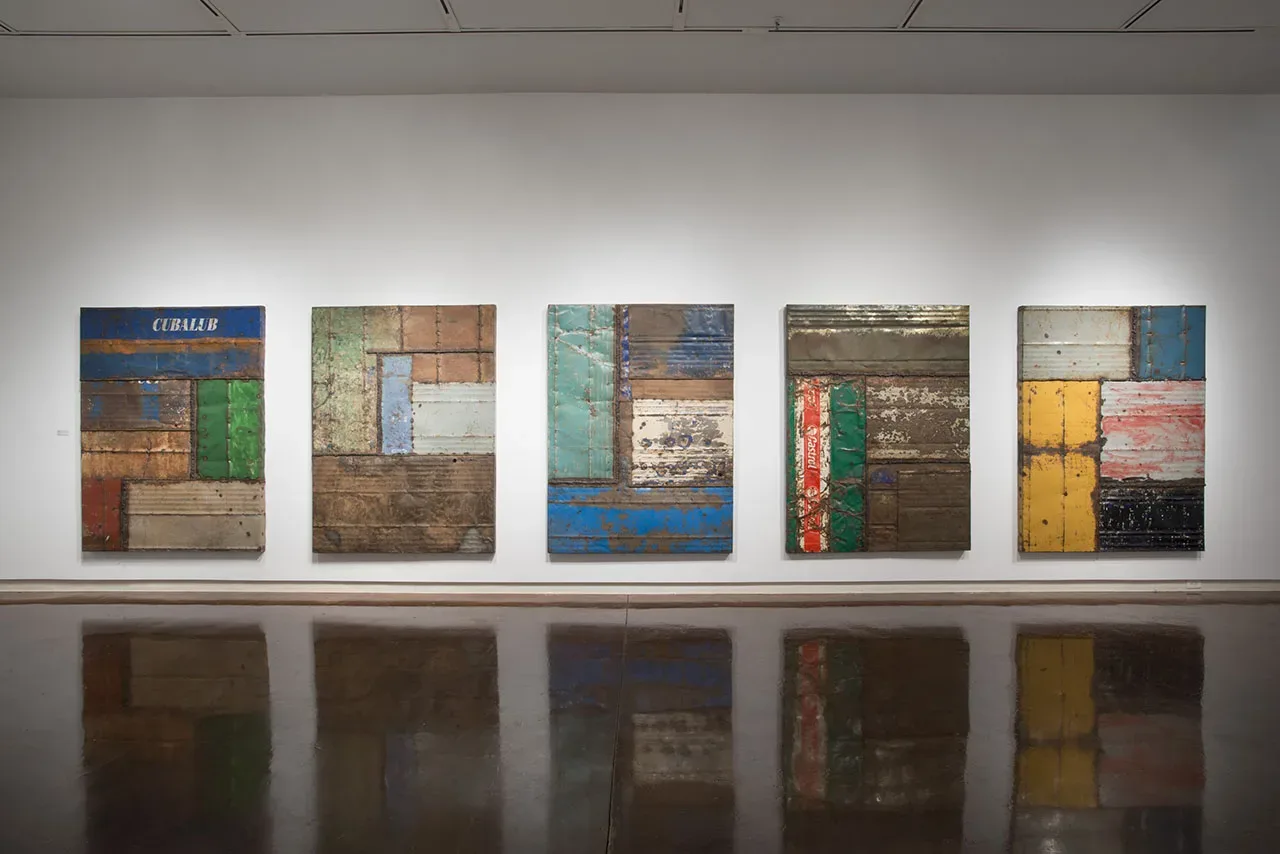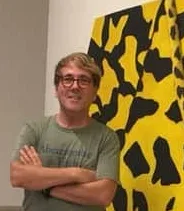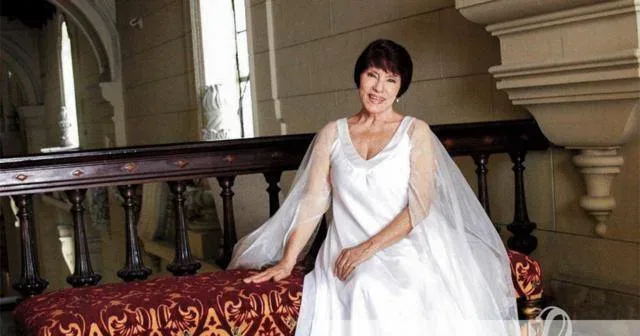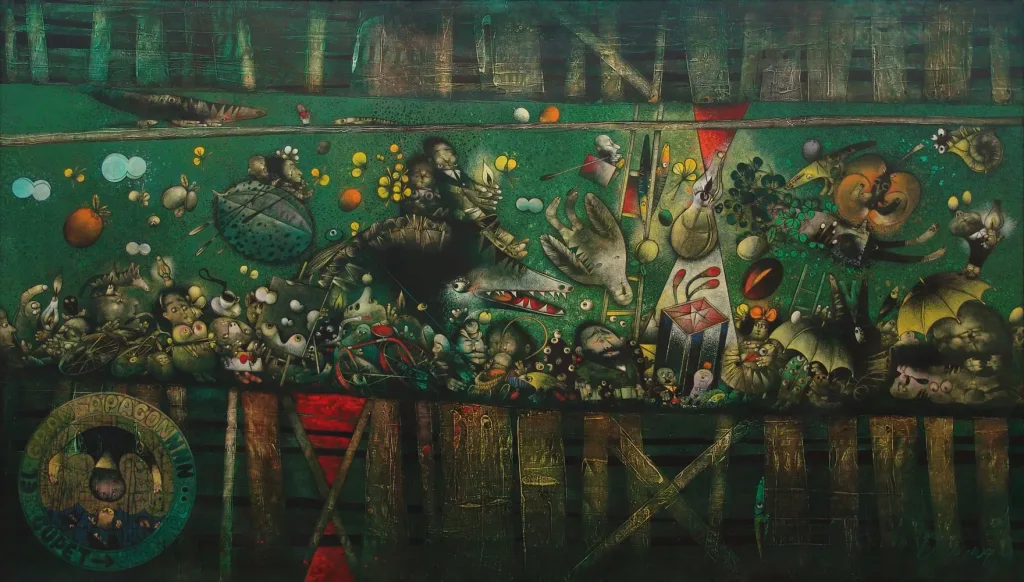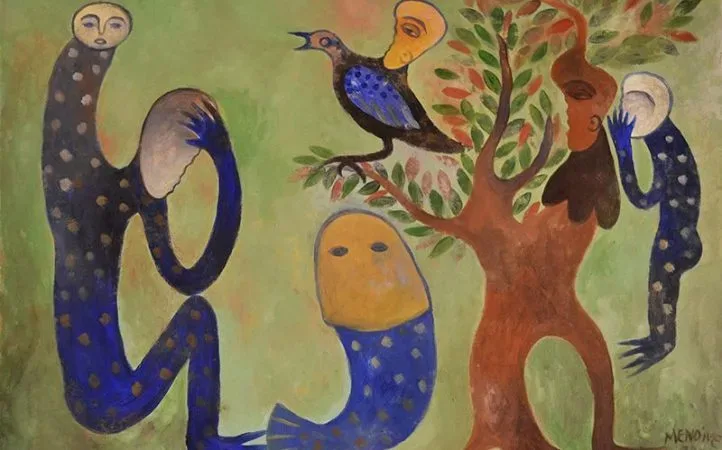As it happens often in the plastic arts, a kind of complex narration sometimes anachronistic, is presented to us; or a synthesis that touches minimalism and obliges us to imagine what is not represented or, on the contrary, to represent the unimaginable… Roberto Diago (Havana, 1971) situates us in front of the undecipherable, the primitive, and the hidden…, in his recent creations, although they are debtors of their previous works, he proposes a synthesis of his iconography with a certain abstract touch.
He turns to organic and natural materials: wood, metals, and knots that he brings back to context, and, at the same time he intermingles in order to form a particular language of structures which dialogue among them and add tension to the elements used; besides proposing in his pieces a balance between the contemporary civilization and those more primitive expressions of the human culture. Because in time, Diago has had the curiosity to observe/study that part of our culture (particularly the Afro-Cuban) that we have had in the past and that has come to the present, always going through a personal sieve to express artistically in a much more contemporary way. The creator appears as a kind of vehicle, or bond with a culture that belongs to him.
Undoubtedly, Roberto Diago is one of the most authentic/important values of the contemporary Cuban plastic arts, and a singular case of positive artistic descendant, which generally, is not always valid to reaffirm the well-known phrase: “like father like son”. But he is truly his grandfather’s grandson. Also named Roberto Diago, the grandfather (Havana, 1920 – Madrid, 1955) was a painter, draftsman, sculptor and engraver, who in spite of his short life left a high magnitude work, and is a notable exponent of the Cuban Vanguard.
Thanks to his effort and great intelligence, Diago has earned an important place in today’s art, both for his personal and original way that he shows when he works in his solid creations, in which an iconographic system that draws the Cuban identity emerges, and where he unveils motifs, atmospheres and situations of the everyday life to say in art; and for the skillful way of conducting his career.
He combines philosophies, races, cultures, as a loyal heir of the Caribbean and Cuban traditions, in the narrow framework to create a neo-expressionist, postmodern work, whose artistic operation has also tracesof the primitive rhythm. With shade of suggestive mystery, given by the tones that move between the black and the ocher with some other shades, Diago offers these present paintings, made – most of them – on wood, metal and others surfaces that make them more natural and closer to us, besides the texture they provide.

